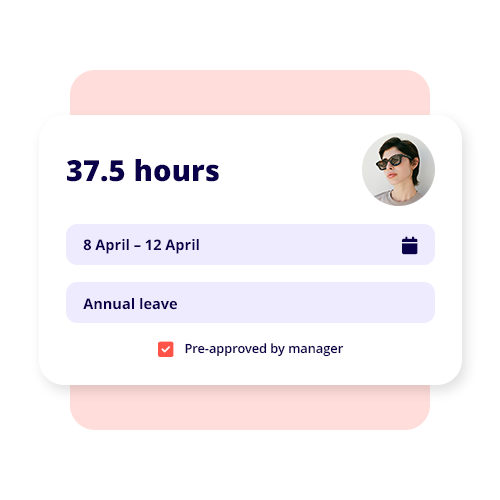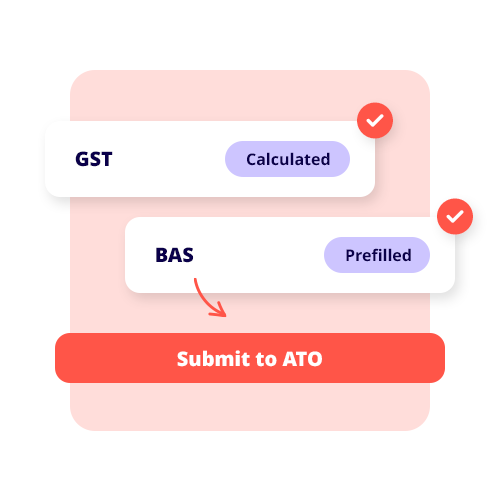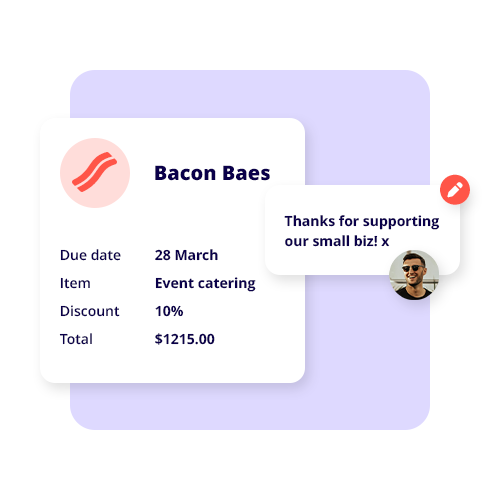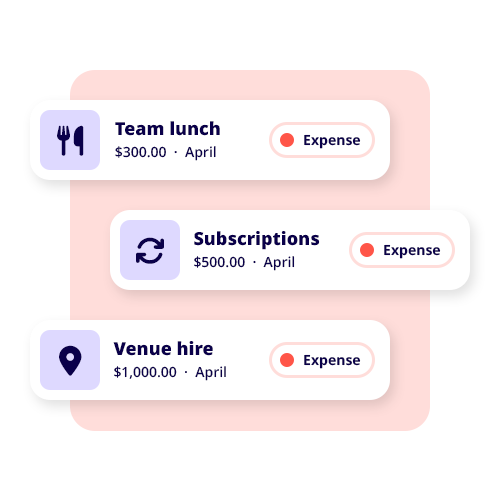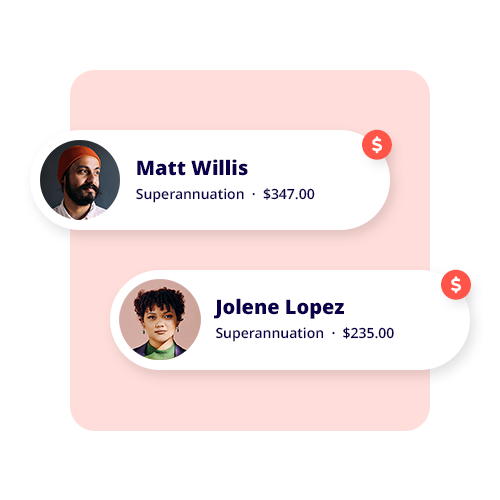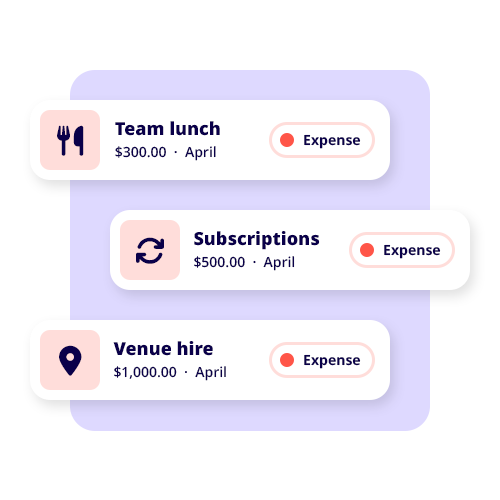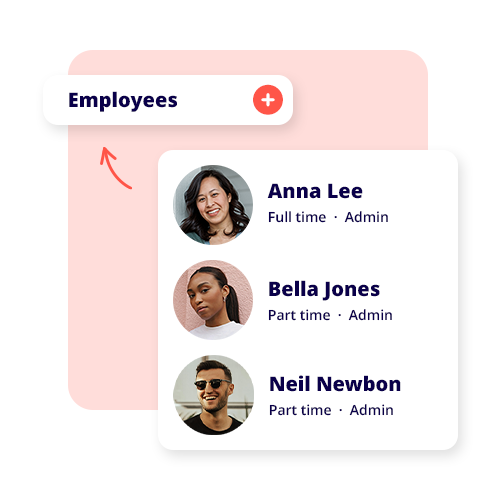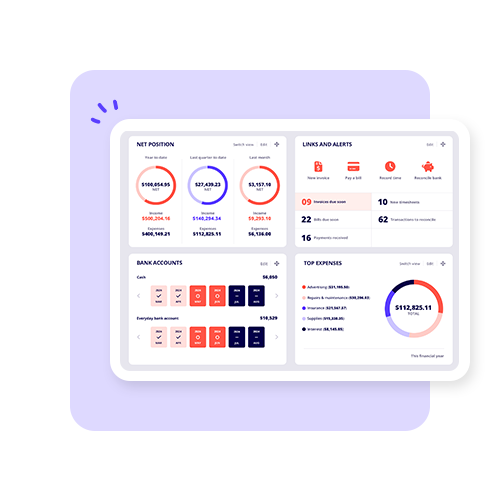Boomers vs Zoomers: Generational Impacts in the Workforce
What are the biggest issues each generation faces in the Australian job market?

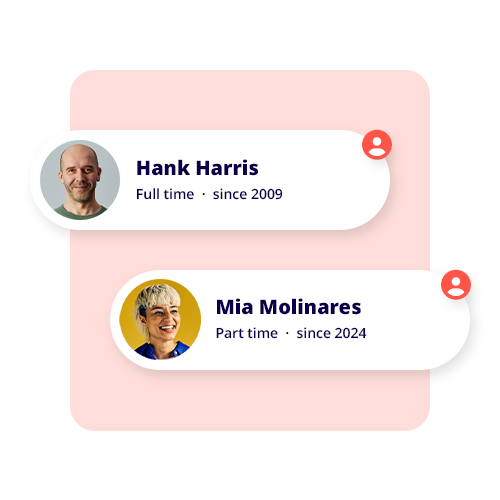
The struggles of finding a job in Australia
Landing a job in 2025 isn’t as simple as sending off a few applications and waiting for the call back. For many Australians, the process comes with roadblocks at every turn. But the challenges aren’t the same for everyone. We dug into the latest data from the Australian Bureau of Statistics to see what’s really happening across Australia’s workforce.
Key Takeaways

Top 3 employment difficulties in 2025

Young workers' struggles vs Older workers' challenges

Working longer, less retirement
The top 10 employment difficulties in 2025
Landing a job in 2025 hasn’t been easy. The biggest hurdle? Competition. With too many applicants chasing the same roles, it often feels like your resume is just one of hundreds in the pile. Not having enough experience is another major challenge, it’s that classic catch-22 where you need a job to gain experience, but experience to get the job. Illness or disability is another significant barrier, while the search for roles with suitable hours shows just how many people are looking for work that fits around the rest of their lives.
Employment difficulties by age group
Job seekers encounter different challenges at various stages of their careers. Young people often struggle with a lack of experience, feeling that employers see them as too young, and competing against more seasoned applicants. As workers move into their mid-20s and 30s, competition for roles becomes the main hurdle, alongside difficulties finding jobs with suitable hours or available vacancies. For older workers, the obstacles shift, with health concerns and age discrimination becoming more prominent, and many feeling that employers view them as too old to hire.
How many people are leaving jobs and why?
Job turnover varies across different stages of life. Young workers often move roles frequently, driven by a mix of short-term contracts, seasonal work, and highly competitive entry-level positions, as well as the search for better opportunities or improved conditions. Mid-career employees tend to experience more stability, with job changes usually reflecting personal choice rather than necessity. For older workers, departures are largely linked to retirement or health considerations, rather than pursuing new opportunities.
How many Aussies are underemployed?
Underemployment—working fewer hours than desired or in roles below one’s skill level—is a challenge for Australians at all stages of life. Young workers often experience it in industries like retail and hospitality, where entry-level positions may not align with long-term career goals. Mid-career employees can also face underemployment in similar sectors, balancing the desire for meaningful work with available opportunities. For older Australians, underemployment tends to appear in both service and professional roles, reflecting the ongoing struggle to find work that matches skills and experience later in life.
What industries are people leaving and entering most?
In 2025, young Australians often start their careers in casual-heavy sectors like retail and hospitality, though many in their early 20s move on in search of more career-focused opportunities. Workers in their late 20s and 30s tend to gravitate toward transport, logistics, and professional services, while mid-career employees increasingly pursue roles in agriculture, manufacturing, and real estate. By the 40s and 50s, workers prioritise stability and structured careers, moving away from physically demanding sectors. Later-career employees focus on roles in agriculture and utilities, with departures from transport and manufacturing largely driven by health or retirement considerations.
What’s stopping Aussies from working?
For young Australians, studying no longer keeps as many people out of the workforce as it did a decade ago, with rising living costs and the flexibility of online learning making full reliance on support harder. Family responsibilities continue to influence participation, particularly for women in their late 20s to early 40s, though improved childcare access, flexible work, and evolving household roles have eased the pressure. Responsibilities for older relatives are increasing for people in their mid-50s and 60s, reflecting an ageing population. For workers in their late 40s and 50s, factors such as redundancies, illness, or injury more often lead to stepping back from work, highlighting that older employees are frequently pushed out by circumstances rather than choice.
When are Aussies retiring compared to 10 years ago?
Retirement patterns are shifting across different age groups. For those in their late 40s and early 50s, fewer people are retiring, though women remain more likely than men to step away from work. Among 55–64-year-olds, retirement is also declining, with women again more likely than men to retire. Even beyond 65, retirement remains common, but more people are continuing to work past traditional retirement age, particularly men, reflecting changing financial needs, longer life expectancy, and evolving attitudes toward work later in life.
ABOUT THE DATA
About the data
Reckon has undertaken an analysis of the latest available data from the Australian Bureau of Statistics (ABS) to explore the challenges faced by different generations in the Australian workforce. The primary focus of this campaign is to highlight the difficulties encountered by the older demographic of workers and to compare these with the experiences of other age groups to understand how these challenges vary across generations.
The analysis delves into several key areas to provide a comprehensive picture of the generational disparity in the workforce. We examine the top difficulties workers face, the rates of retrenchment and job loss, underemployment, and the various barriers to work participation. Furthermore, we look at the difficulties people encounter when trying to find work, the number of job offers received, and the trends in occupations and industries that different generations are leaving or entering. All these factors are analyzed by industry, occupation, gender, and age group and are tracked over time to identify emerging trends.
The data for this analysis is primarily sourced from the Australian Bureau of Statistics’ Participation, Job Search and Mobility Survey from February 2025. This dataset allows for a time-series comparison, with data dating back to 2015.
To enrich our report and provide a fuller context, this primary data is supplemented by data and reports from respected industry bodies and government publications, including Jobs and Skills Australia, The Australian Seniors’ Gen Seen Report, and The Australian Institute of Health and Welfare.
Please note that the data analysis includes a wide range of factors affecting employment, and while every effort has been made to ensure accuracy, some data points may be subject to the limitations and methodologies of the original source providers.
Additional Assumptions and Notes on The Data
- Barriers to work participation was assessed by looking at people who responded to at least one of:
- Caring for children affected participation last year
- Caring for ill or elderly person affected participation last year
- Cultural background, language difficulties or visa restrictions affected participation last year
- Family considerations affected participation last year
- Illness, injury or disability affected participation last year
- Pregnancy or child under 2 years affected participation last year
- Studying or training affected participation last year
- Working in an unpaid trainee job affected participation last year
- Unpaid voluntary work affected participation last year
Percentages were initially calculated against the total demographic group. However, to generate more meaningful insights, responses that were essentially the opposite of the subject under analysis (e.g., for “Main Difficulties in Finding Work,” responses such as “Did not look for work” or “Did not face a difficulty”) were excluded from the denominator. This adjustment was necessary because these values tended to dominate the results, obscuring the true distribution of relevant difficulties.
Alex Alexandrou, General Manager of Operations & Revenue at Reckon comments:
“It’s clear that the job market in 2025 is throwing up very different challenges depending on your age. For younger workers, the biggest roadblock is still experience, followed closely by competition (13.4%). It’s that familiar catch-22: you need a job to get experience, but can’t land a job without it! Add in the fact that so many entry-level roles are casual or part-time, and it’s no wonder younger Australians are finding it tough to get a stable start, particularly with the rising cost of living.
There is a huge opportunity for businesses to open up more genuine entry points into the workforce. That means apprenticeships, structured internships and hiring practices that focus on skills and providing guidance instead of long CVs. For older Australians, the focus has to be on tackling age bias and building more flexible, supportive pathways that allow experience to shine. With retirement ages creeping higher, we can’t afford to sideline people who still have plenty to offer. If we can get better at supporting both early careers and later careers, we’ll build a stronger, fairer workforce that makes the most of every generation.”

– Alex Alexandrou, General Manager of Operations & Revenue
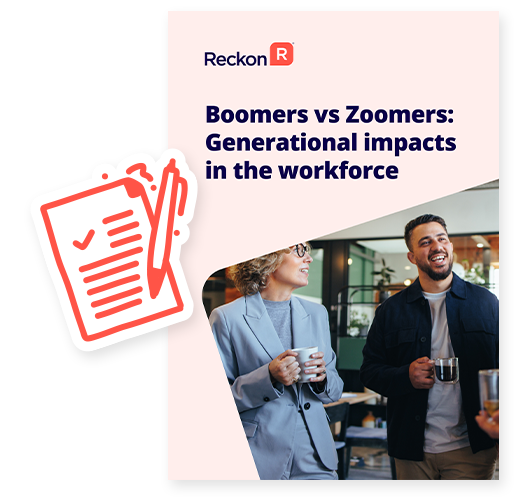
Download the full report
Looking for the right career for you? Download the full report!

Katy Walker, The Clearing Room
set-up reckon one
Accounting software made for every small business
Spend less time managing your finances and more time growing your business.
Related resources

Product update: Reckon One new journal experience
With Reckon One’s new journal experience, customers can really take control of their accounts.
Reckon Blog
Visit the Reckon Blog to get the latest news and insights into the small business world in Australia. Whether you're navigating new regulations, exploring growth strategies, or keeping up with trends, we’ve got you covered. Back yourself and learn how to think about your business differently!



























